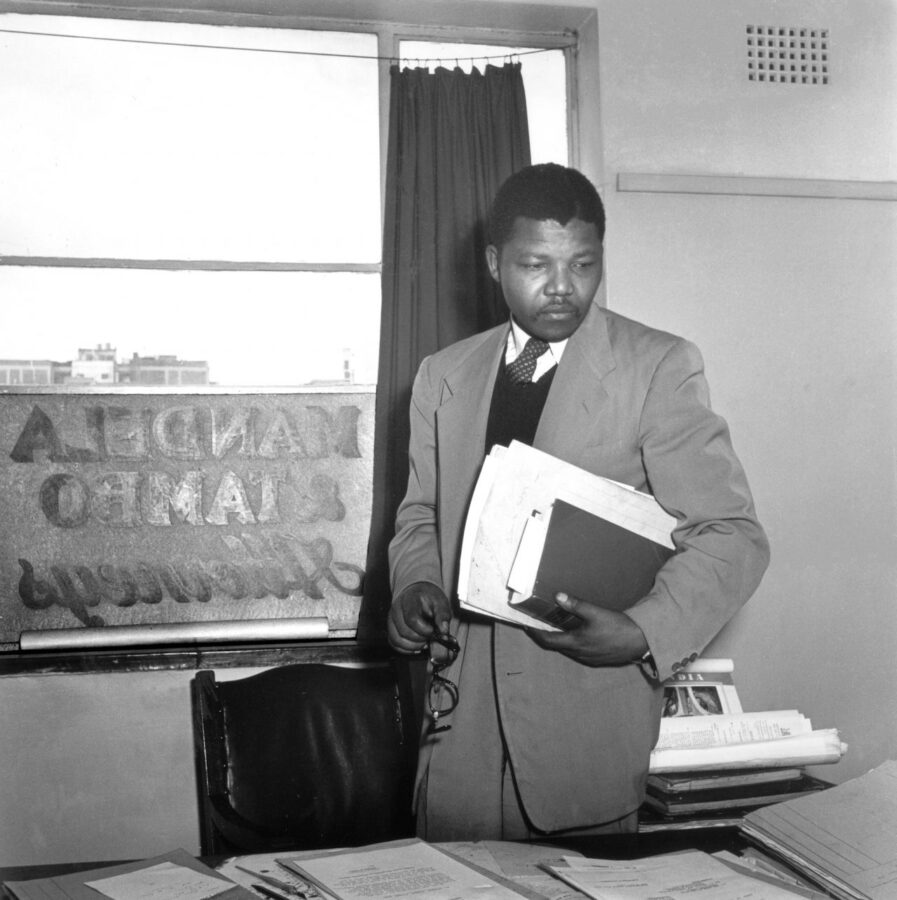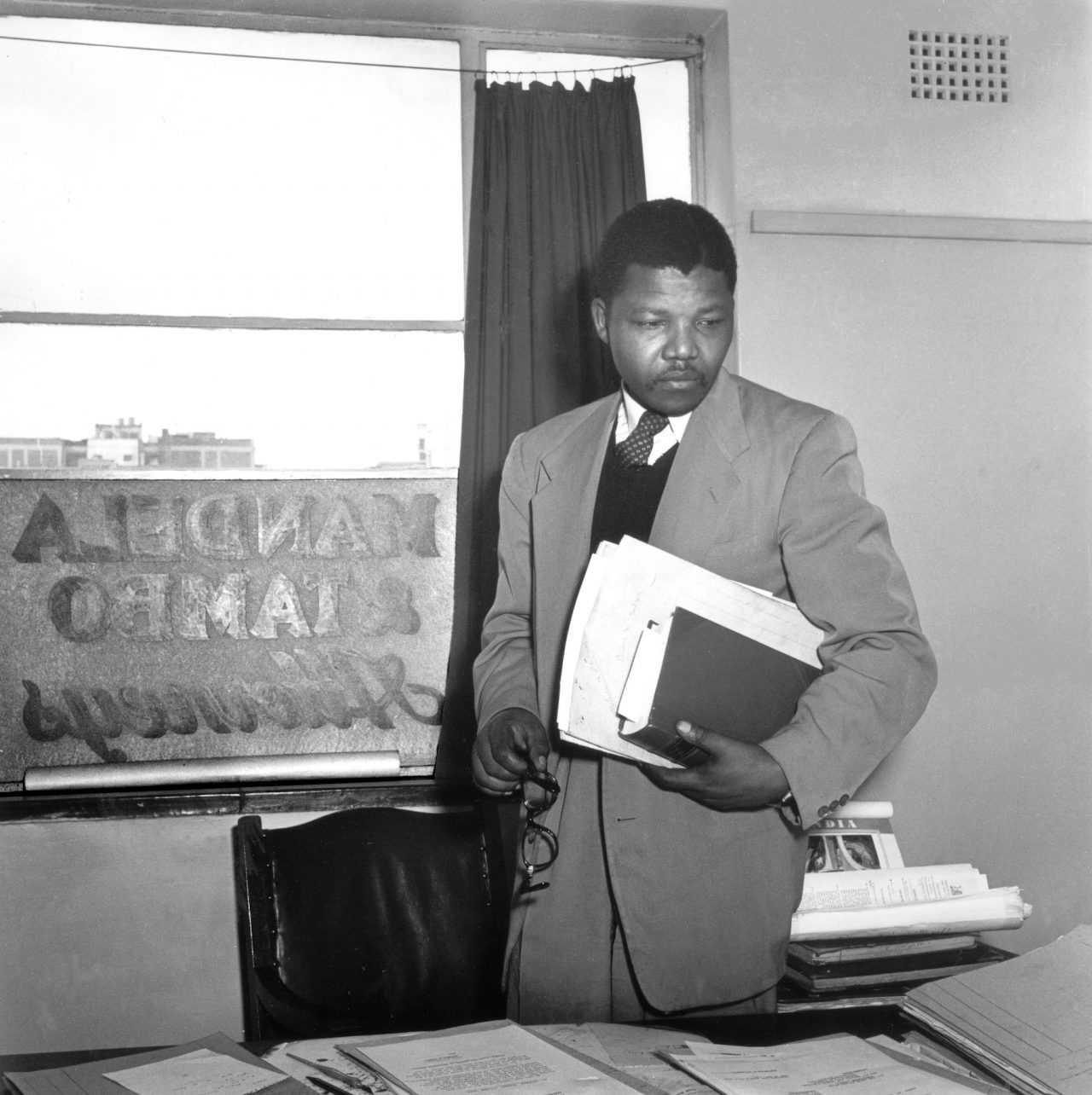
Famous Mandela Photographer at Drum Magazine Jürgen Schadeberg Dies
Famous for his photographs during the apartheid era, especially at the legendary Drum magazine, and then travelling around the world, Jürgen Schadeberg passed away yesterday. “Jurgen Schadeberg 18th March 1931 – 29th August 2020 R.I.P. A full life filled with photos and memories,” his wife Claudia posted on LinkedIn. He was reportedly living in Spain. […]

Famous for his photographs during the apartheid era, especially at the legendary Drum magazine, and then travelling around the world, Jürgen Schadeberg passed away yesterday.

“Jurgen Schadeberg 18th March 1931 – 29th August 2020 R.I.P. A full life filled with photos and memories,” his wife Claudia posted on LinkedIn. He was reportedly living in Spain. Many of his works, spanning seven decades, can be viewed here.
Schadeberg was born in Berlin 89 years ago but moved to South Africa in 1951. He joined the newly established Drum magazine, published by Jim Bailey and edited by Anthony Sampson and which became a hotbed of talent, with writers like Can Themba and Henry Nxumalo and photographer Peter Magubane, and many others.

According to an article by Paul Gallagher from earlier this year, after he got to South Africa, “Schadeberg began photographing the people and political movements. He became Chief Photographer, Picture Editor, and Art Director at Drum Magazine. Over the following decade, Schadeberg documented some of the most important figures and key moments in South African history – from Nelson Mandela, Moroka, Walter Sisulu, and Yusuf Dadoo, to the Defiance Campaign of 1952, the Treason Trial of 1958, the Sophiatown Removals, and the Sharpeville Funeral in 1960.”

He said that two of his favorite photographs were The Hamburg Handstand of 1948 and Mandela’s return to his cell on Robben Island, where he spent 17 of his 27 years in prison.
In an article in The New York Times in 2014, Schadeberg described how he has was 14 when the war ended and had moved to South Africa to join his mother, who had moved there after remarrying.

“But his new world had disturbing traces of his old one. The brutal treatment of black South Africans under apartheid surprised him and reminded him of the Nazis. He saw blacks being treated much as Jews, the Roma and homosexuals in Nazi Germany had been — as if they were subhuman.
”’It was a wonderful life for the whites, because they had these amazing privileges,’ Mr. Schadeberg said. ‘But blacks, even if they were well educated, were still boys: garden boys, tea boys, messenger boys or house girls. They weren’t men and women.’”
He was often followed and harassed. He left South Africa and then moved back in 1958 and then left again in 1964. In 1985 he returned to South Africa to live with his wife, Claudia, and began making documentary films about apartheid, Drum, South African jazz and the history of Robben Island.
